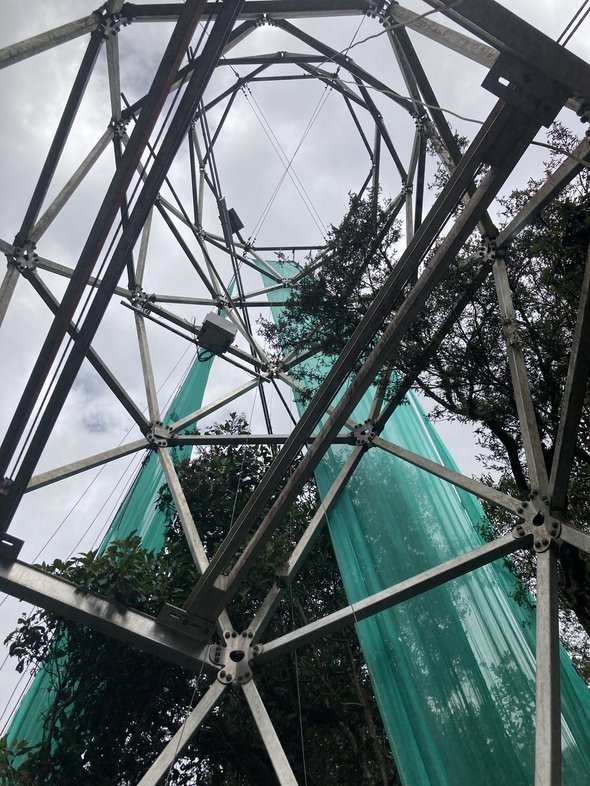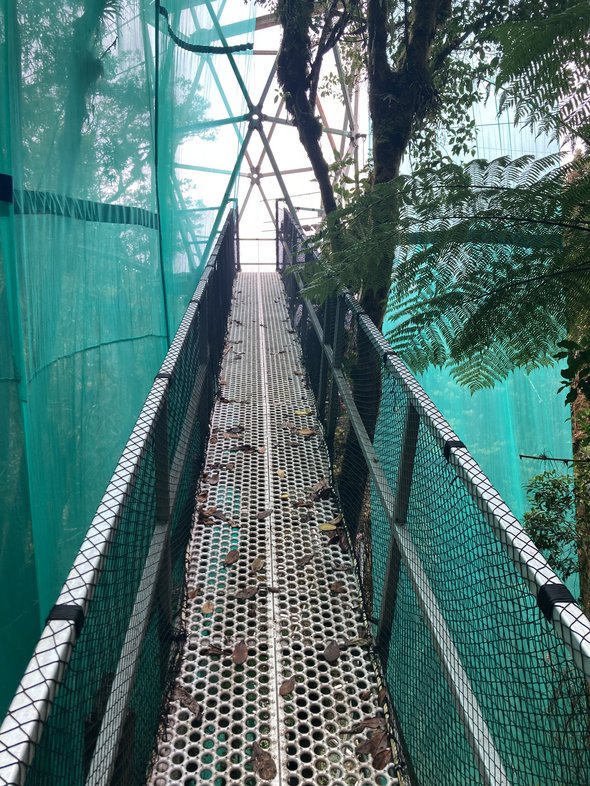Cloud forests without clouds: understanding the climate sensitivity of a global biodiversity hotspot
Cloud forests provide a number of vital ecosystem services for the planet, in terms of biodiversity, water regulation and carbon sequestration. All of these functions are threatened by projected declines in water inputs from clouds associated with climate change and deforestation, but the speed and precise nature of any impacts have never been directly tested. To address this gap, we are bridging the divides between academia and local communities at the frontier of climate change and engaging directly with the production and use of knowledge generated in the project to transform a unique large-scale tropical climate experiment into a trans-disciplinary research platform. We will combine multiple approaches across a range of spatial and temporal scales to identify the early warning signs of climate change in this global biodiversity hotspot and devise effective adaptation and mitigation strategies to promote sustainable development in the tropics.
At the Chair of Soil and Plant Systems we address the overall research question: how is the plant – soil nitrogen cycle in Montaine cloud forest in Peru affected by lack of rain and clouds;
1) Are plants and microbes in ground soil and in canopy soil N limited ?
2) Does drought by rain removal decrease or increase gross N mineralization ?
3) Does drought by cloud removal have stronger impact in the epiphytes N uptake than in ground-living herbs ?
4) Are drought effects on litter turn-over controlled by nutrient availability or decomposer changes ?
5) What are the consequences for carbon sequestration ?
Also mention funding: FORMAS the Swedish research council
Project partners: Umeå University (Prof. Dan Metcalfe), Lund University, University of Gothenburg
Wayqecha cloud forest research station in Peru:
www.amazonconservation.org/what-we-do/put-science-and-tech-to-work/research-stations/wayqecha-cloud-forest-biological-station/


